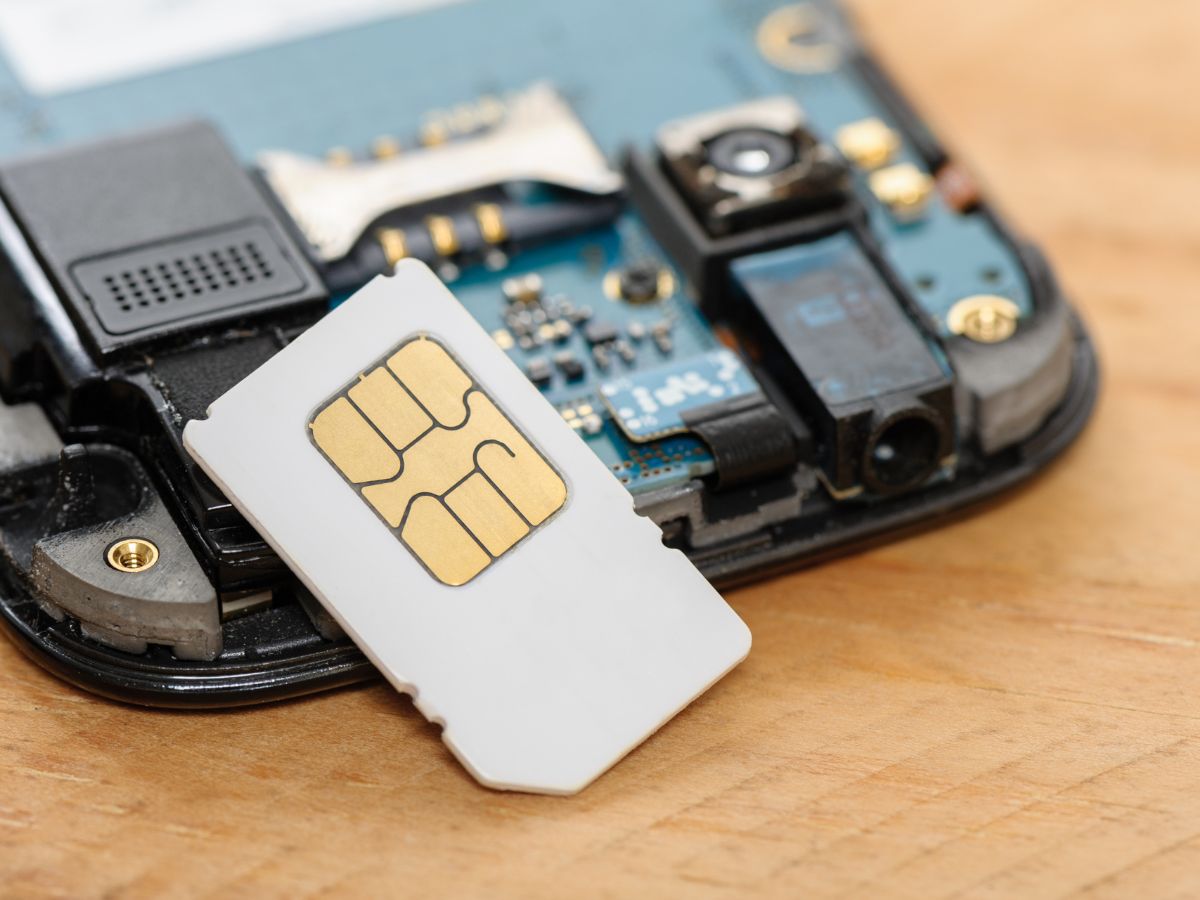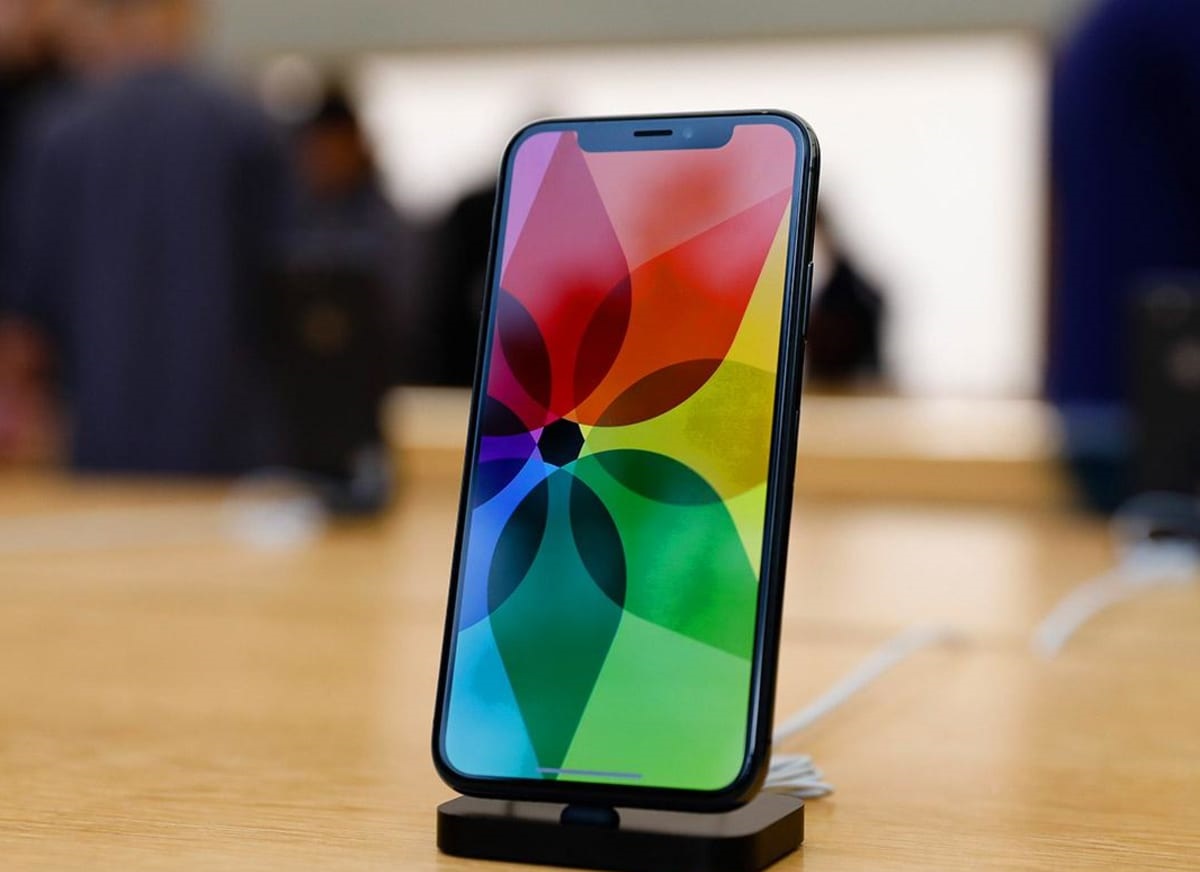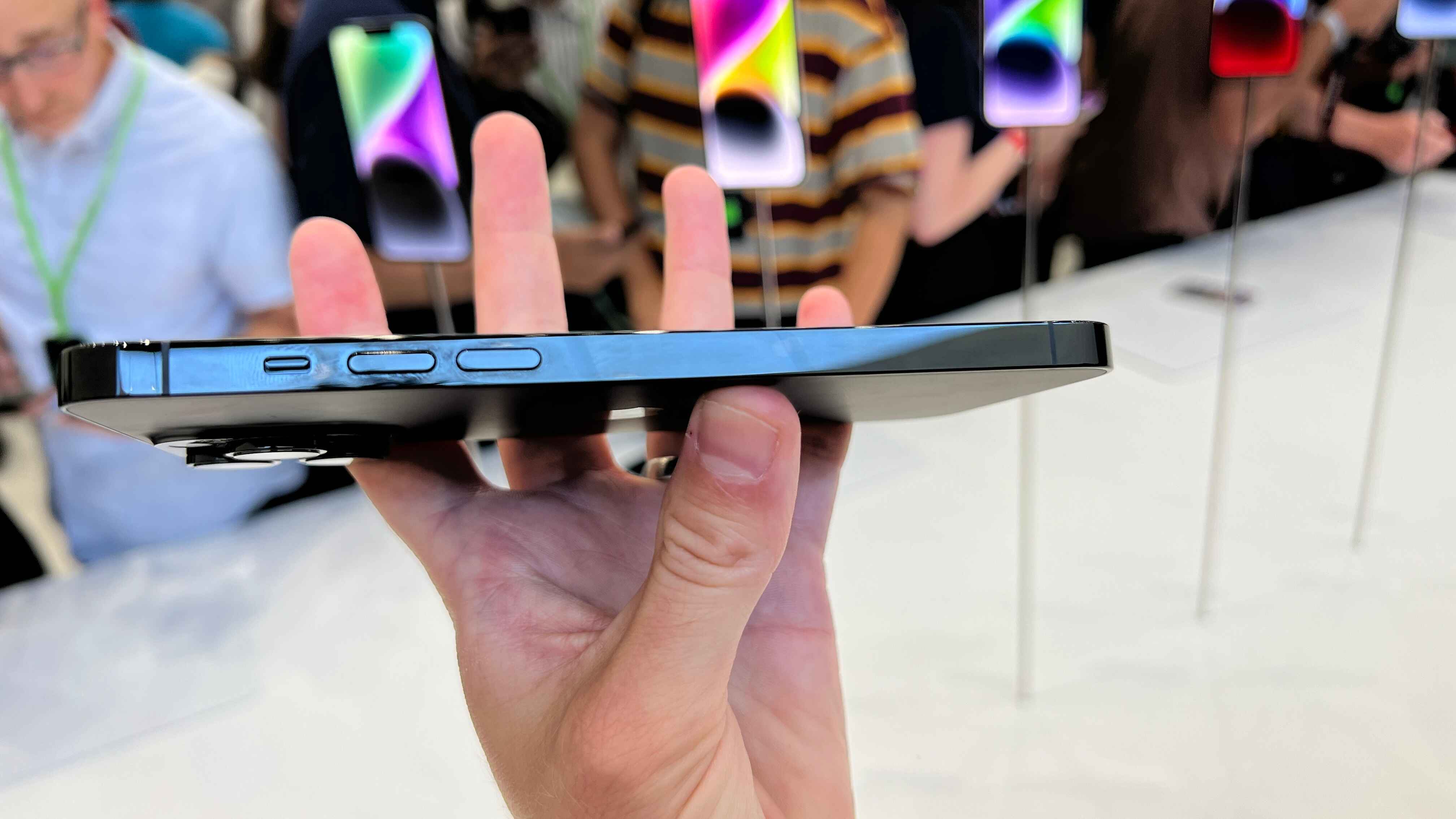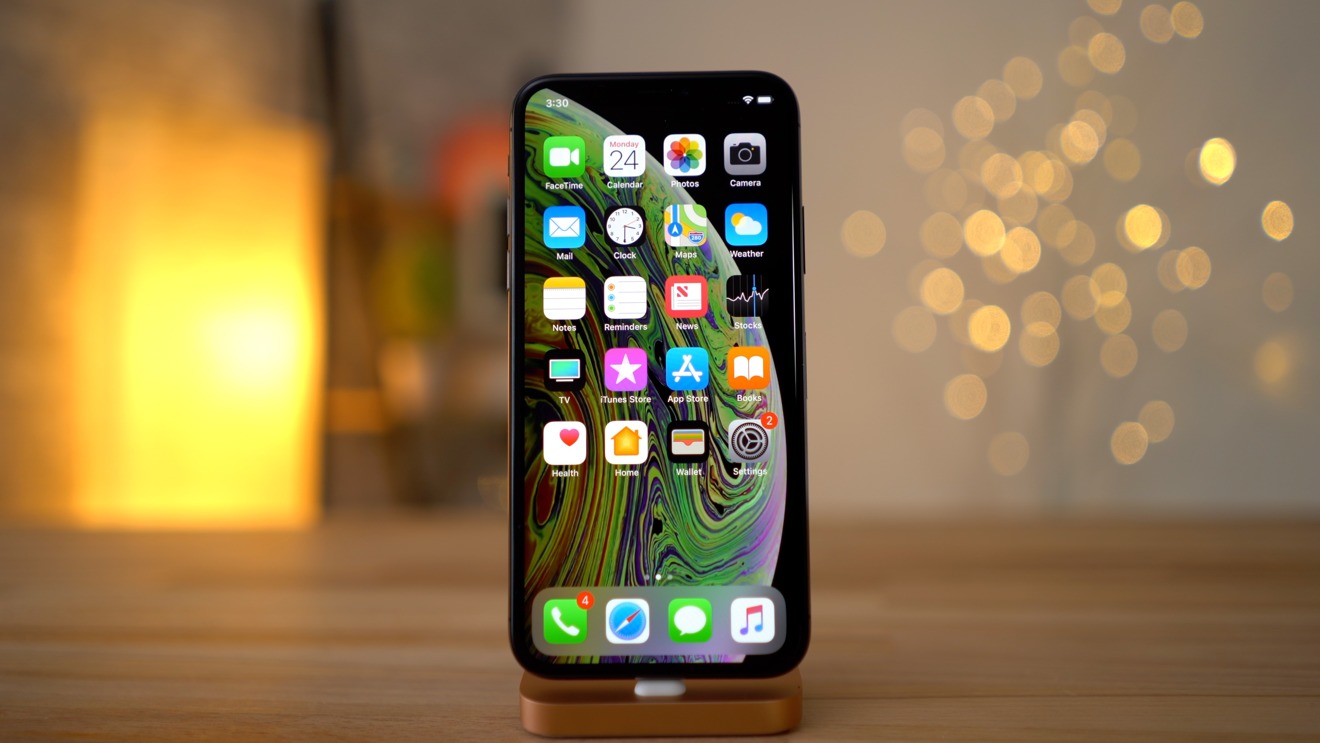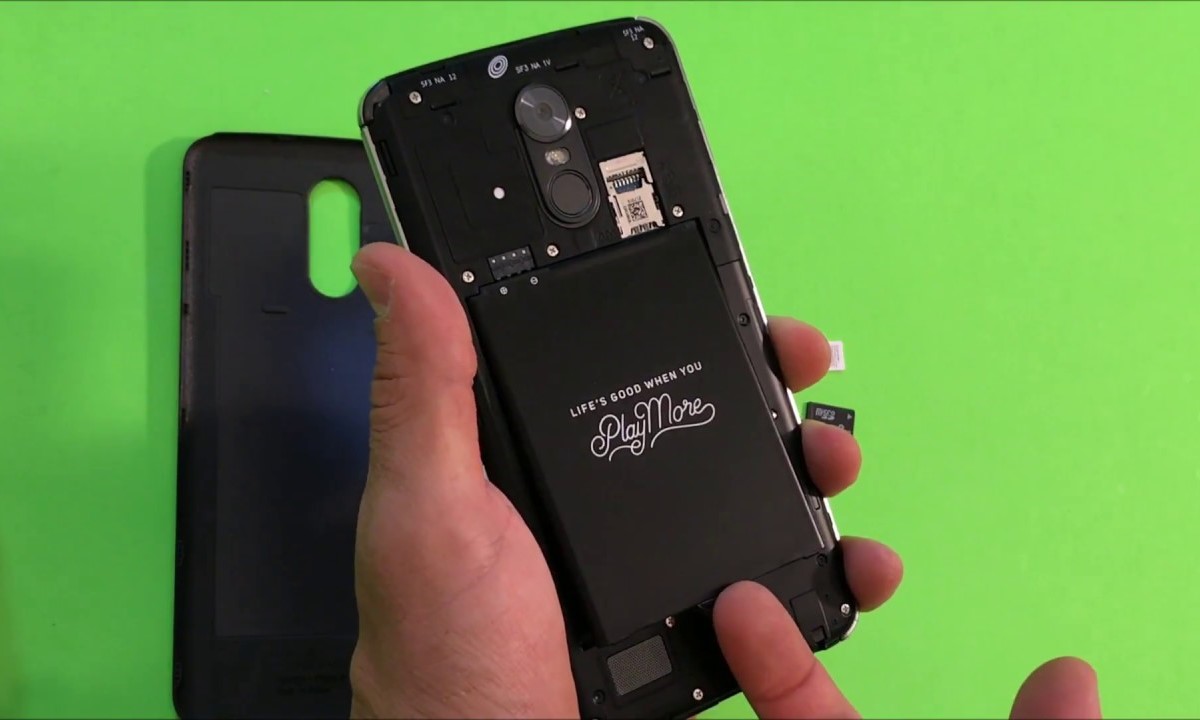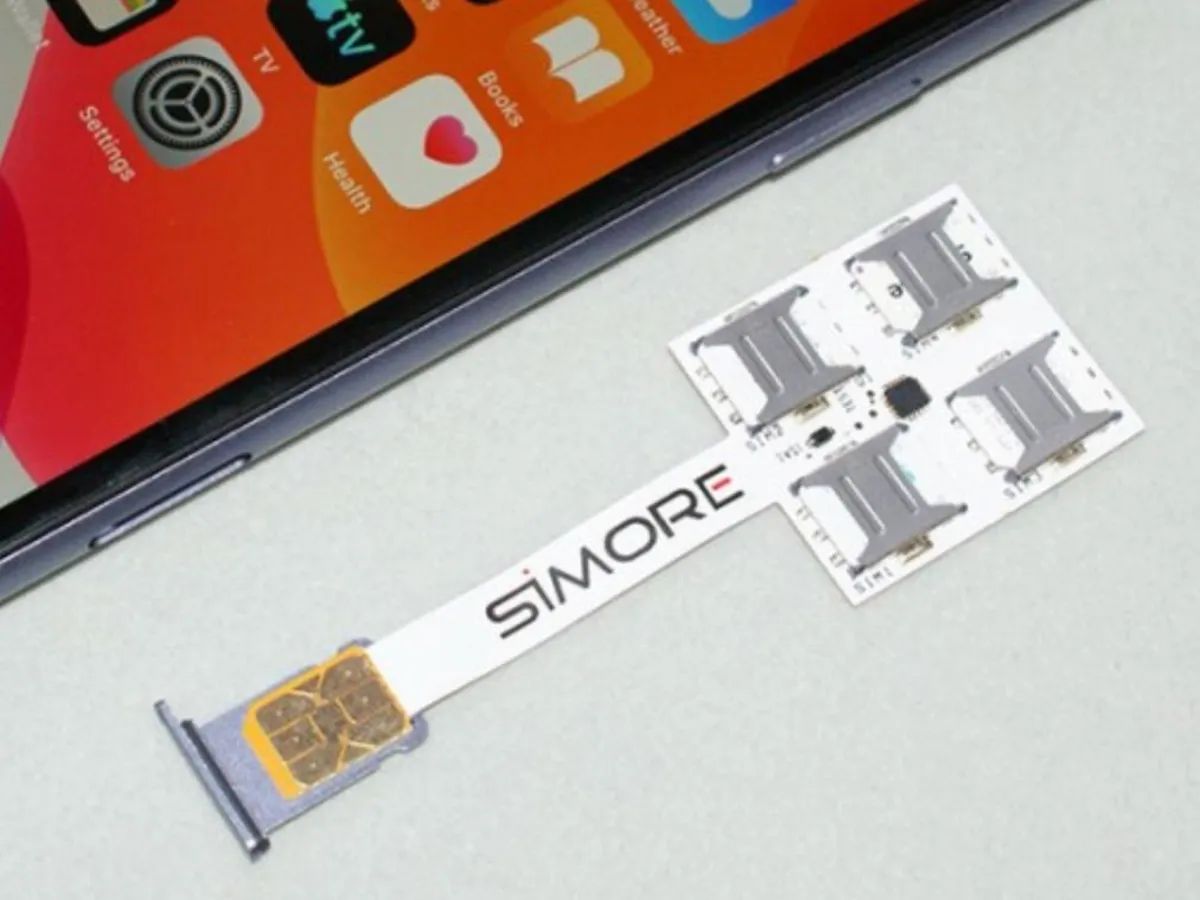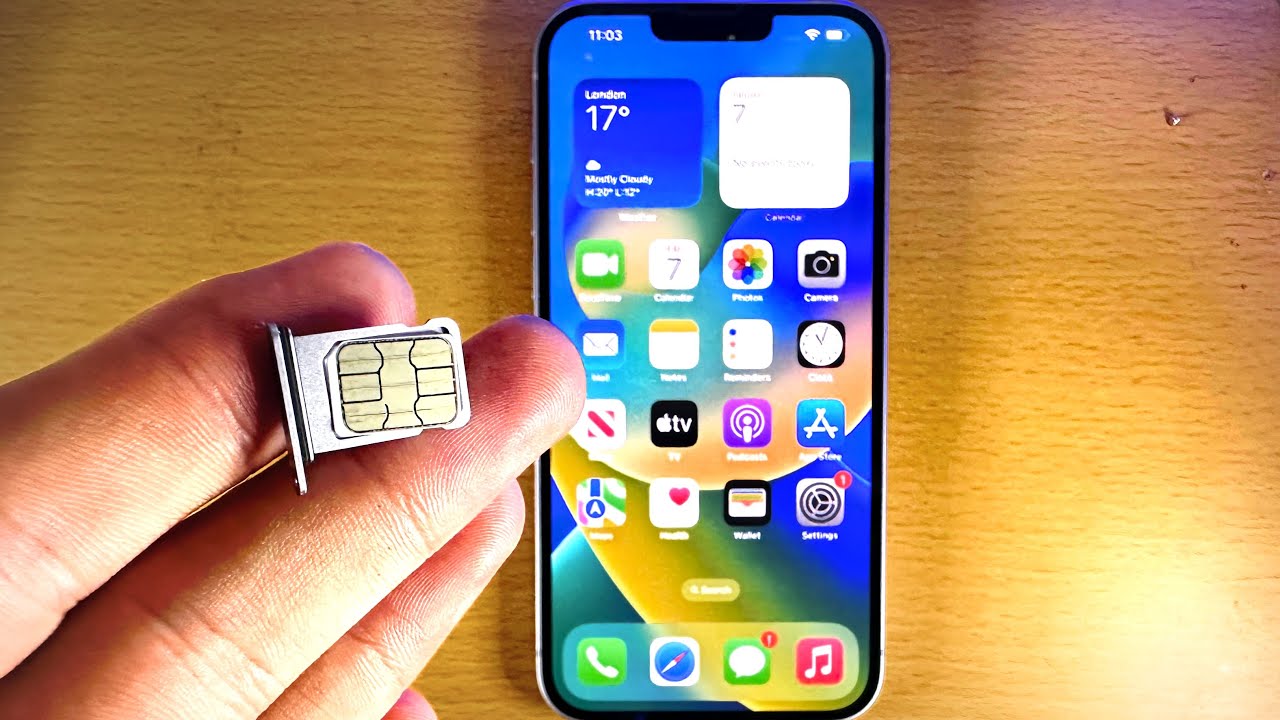Introduction
In today's interconnected world, the role of mobile devices in our daily lives cannot be overstated. These pocket-sized marvels have revolutionized the way we communicate, work, and access information. At the heart of this technological revolution lies a small yet indispensable component – the Subscriber Identity Module (SIM) card. This tiny chip, often overlooked, plays a crucial role in enabling the functionality of our mobile phones.
The SIM card serves as a gateway to the mobile network, allowing users to make calls, send text messages, and access the internet. Its significance extends beyond mere communication, as it also facilitates secure identification and authentication of the user on the network. Understanding the intricacies of SIM cards is vital for comprehending the seamless operation of modern mobile devices.
As we delve deeper into the world of SIM cards, we will explore their various types, functionality, and the pivotal role they play in ensuring the privacy and security of user data. Moreover, we will examine the future prospects of SIM cards in the rapidly evolving landscape of mobile technology. Join us on this enlightening journey as we unravel the mysteries behind the unassuming yet indispensable SIM card.
What is a SIM Card?
A SIM card, short for Subscriber Identity Module, is a small, portable memory chip that is inserted into mobile devices such as smartphones, tablets, and some feature phones. It serves as the unique identifier for the user on the mobile network and is essential for the device to connect and communicate with the network. The SIM card contains crucial information, including the International Mobile Subscriber Identity (IMSI), which is a unique identifier for the user, as well as the Integrated Circuit Card Identifier (ICCID), which is the unique serial number of the SIM card itself.
Physically, a SIM card is typically a small, rectangular plastic card with a metallic chip embedded in it. The chip stores the aforementioned identification data and also holds the key necessary to authenticate the user's connection to the mobile network. In addition to these functions, the SIM card also stores the user's contacts and text messages, making it a vital repository of personal data.
There are different sizes of SIM cards, including the standard SIM, micro SIM, and nano SIM, each designed to fit into various types of mobile devices. The standard SIM, which was prevalent in older devices, has been largely replaced by the smaller micro SIM and the even smaller nano SIM, which are used in modern smartphones and tablets.
The SIM card's portability enables users to easily transfer their mobile service between different devices, as long as the devices are compatible with the SIM card size. This feature is particularly convenient for individuals who upgrade to a new phone or need to use a temporary device while their primary one is being repaired.
In essence, a SIM card is the linchpin that enables the seamless operation of mobile devices, allowing users to connect to the mobile network, make calls, send messages, and access the internet. Its compact size belies its immense significance in the realm of mobile communication and underscores its indispensable role in the functioning of modern mobile devices.
Types of SIM Cards
SIM cards come in various types, each tailored to meet the evolving needs of mobile devices and the preferences of users. Understanding the distinctions between these types is essential for selecting the appropriate SIM card for a specific device. Let's explore the different types of SIM cards and their characteristics:
-
Standard SIM Card: Also known as a mini SIM, the standard SIM card was the first form factor to be widely used in mobile devices. It measures about 25 x 15 mm and was the standard choice for older smartphones and feature phones. While it is less common in modern devices, some older models still require this size of SIM card.
-
Micro SIM Card: As mobile devices continued to shrink in size, the need for smaller SIM cards arose. The micro SIM, measuring approximately 15 x 12 mm, was introduced to address this demand. It gained popularity with the advent of smartphones and tablets, offering a more compact form factor while retaining the essential functionalities of a standard SIM card.
-
Nano SIM Card: With the relentless pursuit of slimmer and more streamlined mobile devices, the nano SIM card emerged as the smallest form factor yet. Measuring just 12.3 x 8.8 mm, the nano SIM is significantly smaller than its predecessors. This reduction in size allowed device manufacturers to design thinner and more aesthetically pleasing smartphones and tablets. The nano SIM is now the standard SIM card size for most modern devices.
-
eSIM (Embedded SIM): In recent years, the eSIM has emerged as a groundbreaking alternative to traditional SIM cards. Unlike physical SIM cards, the eSIM is embedded directly into the device's hardware, eliminating the need for a physical card. This digital SIM technology enables users to switch between mobile carriers without needing to physically swap SIM cards. It also facilitates the activation of mobile plans remotely, offering greater flexibility and convenience to users.
Understanding the nuances of these SIM card types empowers users to make informed decisions when acquiring or upgrading their mobile devices. The evolution from standard SIM cards to the advanced eSIM technology reflects the relentless innovation in the mobile industry, catering to the ever-changing demands of consumers and the evolving landscape of mobile communication.
How Does a SIM Card Work?
A SIM card operates as the linchpin of mobile communication, facilitating the seamless interaction between a mobile device and the cellular network. Its functionality can be elucidated through a series of intricate processes that occur behind the scenes, enabling users to make calls, send messages, and access data services.
When a SIM card is inserted into a mobile device and the device is powered on, the SIM card initiates a communication handshake with the mobile network. This handshake involves the exchange of encrypted data between the SIM card and the network's authentication center, which serves as a digital gatekeeper for user verification. The SIM card transmits its unique International Mobile Subscriber Identity (IMSI) to the network, allowing the network to identify and authenticate the user.
Upon successful authentication, the network grants the mobile device access to its services, including voice calls, text messaging, and data connectivity. The SIM card also stores the user's mobile phone number, ensuring that incoming calls and messages are routed to the correct device.
In addition to user authentication, the SIM card plays a pivotal role in encrypting and securing communications between the device and the network. It stores cryptographic keys that are used to establish secure connections, safeguarding sensitive data transmitted over the network.
Moreover, the SIM card enables users to store contacts, messages, and personal data, serving as a portable repository of information that can be seamlessly transferred between compatible devices. This feature enhances the convenience and flexibility of mobile communication, allowing users to switch devices without losing their personal data.
The compact size and portability of the SIM card further contribute to its functionality, enabling users to easily transfer their mobile service between different devices, provided that the devices support the same SIM card size.
In essence, the SIM card's operation is a harmonious symphony of authentication, encryption, and data storage, all working in concert to deliver a seamless and secure mobile communication experience. Its unassuming presence belies its profound impact on the functionality and security of modern mobile devices, underscoring its indispensable role in the realm of mobile communication.
Importance of SIM Card in Phones
The SIM card stands as a cornerstone of mobile devices, wielding immense significance in ensuring seamless connectivity and secure identification on cellular networks. Its importance transcends mere technical functionality, encompassing pivotal aspects of user convenience, data security, and network accessibility.
First and foremost, the SIM card serves as the unique identifier for a user on the mobile network. Through the storage of the International Mobile Subscriber Identity (IMSI), it enables the network to authenticate and authorize the user's access to network services. This authentication process forms the bedrock of secure and personalized communication, ensuring that users can confidently engage with the mobile network while safeguarding their privacy.
In addition to user authentication, the SIM card plays a vital role in enabling users to store their contacts, text messages, and personal data. This portable repository of information empowers users to seamlessly transfer their mobile service between compatible devices, fostering flexibility and continuity in their communication experience. Whether upgrading to a new smartphone or using a temporary device, users can effortlessly migrate their personal data by simply transferring the SIM card.
Furthermore, the SIM card facilitates the encryption of communications between the device and the network, bolstering the security of data transmitted over the mobile network. By storing cryptographic keys, the SIM card ensures that sensitive information remains shielded from unauthorized access, reinforcing the integrity of mobile communication.
The portability of the SIM card further amplifies its importance, allowing users to easily switch between devices without losing their mobile service. This convenience is particularly valuable in scenarios such as device upgrades, replacements, or international travel, where the ability to retain the same mobile number and data services across different devices is paramount.
Moreover, the SIM card's role in enabling access to mobile services, including voice calls, text messaging, and data connectivity, underscores its indispensable nature in the seamless operation of mobile devices. Without a functioning SIM card, the device would be unable to connect to the mobile network, rendering it incapable of fulfilling its primary purpose – facilitating communication and information access.
In essence, the SIM card's multifaceted importance extends beyond its technical functionalities, permeating the realms of user convenience, data security, and network accessibility. Its unassuming presence belies its profound impact on the functionality and security of modern mobile devices, underscoring its indispensable role in the realm of mobile communication.
Activation and Deactivation of SIM Cards
The activation and deactivation of SIM cards are pivotal processes that govern the initiation and cessation of mobile services for users. Understanding the intricacies of these procedures is essential for individuals acquiring new SIM cards, switching mobile service providers, or managing multiple SIM cards.
Activation Process
When a user obtains a new SIM card, the activation process is the gateway to unlocking its potential. Typically, this involves inserting the SIM card into a compatible mobile device and powering it on. Upon activation, the SIM card initiates a handshake with the mobile network, transmitting its unique International Mobile Subscriber Identity (IMSI) for authentication. Once authenticated, the network activates the SIM card, enabling the user to access voice calls, text messaging, and data services. Activation may also involve the selection of a mobile service plan and the assignment of a phone number to the SIM card, culminating in the seamless integration of the SIM card with the mobile network.
Deactivation Process
Conversely, the deactivation of a SIM card entails the cessation of its mobile services. This can occur when a user switches to a new SIM card, terminates their mobile service, or reports their device as lost or stolen. Deactivation prevents the SIM card from accessing the mobile network, effectively rendering it inactive. In cases of device loss or theft, deactivation serves as a crucial security measure, preventing unauthorized usage of the SIM card and safeguarding the user's privacy and data.
Managing Multiple SIM Cards
For individuals managing multiple SIM cards, the activation and deactivation processes take on added significance. Whether using different SIM cards for personal and business purposes, international travel, or specific mobile services, the ability to seamlessly activate and deactivate SIM cards is paramount. This flexibility empowers users to tailor their mobile services to their evolving needs, ensuring that each SIM card remains active only when required.
Future Prospects
As mobile technology continues to evolve, the activation and deactivation processes are poised to undergo further refinement. Innovations such as remote SIM provisioning and eSIM technology offer the potential for streamlined activation and deactivation, allowing users to manage their SIM cards directly from their devices. These advancements promise enhanced convenience and flexibility, simplifying the process of activating new SIM cards and seamlessly transitioning between different mobile service providers.
In essence, the activation and deactivation of SIM cards are pivotal mechanisms that govern the initiation and cessation of mobile services. Understanding these processes empowers users to wield greater control over their mobile communication, ensuring seamless transitions between different SIM cards and mobile service providers.
Security and Privacy Concerns
The ubiquitous presence of SIM cards in mobile devices brings to the forefront critical considerations regarding security and privacy. As the conduit through which users connect to mobile networks and transact sensitive information, SIM cards are inherently linked to the safeguarding of personal data and the prevention of unauthorized access. Understanding the security and privacy concerns associated with SIM cards is paramount in fortifying the integrity of mobile communication.
One of the foremost concerns pertains to the potential compromise of SIM card data, including the International Mobile Subscriber Identity (IMSI) and the Integrated Circuit Card Identifier (ICCID). These unique identifiers are instrumental in authenticating users on the mobile network, making them prime targets for malicious entities seeking to perpetrate identity theft or unauthorized access. Consequently, stringent measures must be in place to shield these identifiers from unauthorized interception or exploitation.
Moreover, the encryption keys stored within SIM cards, essential for securing communications between the device and the network, are subject to vulnerabilities if not adequately protected. Unauthorized access to these keys could compromise the confidentiality and integrity of data transmitted over the mobile network, exposing users to privacy breaches and potential data manipulation.
The portability of SIM cards, while offering convenience, also raises security concerns. Loss or theft of a SIM card poses a tangible risk, potentially granting unauthorized individuals access to the user's mobile services and personal data. Effective mechanisms for promptly deactivating lost or stolen SIM cards are imperative in mitigating such risks and safeguarding user privacy.
Furthermore, the rise of eSIM technology introduces new considerations regarding the remote provisioning and management of digital SIMs. Ensuring the robustness of security protocols in eSIM ecosystems is paramount, as any vulnerabilities could compromise the integrity of mobile services and expose users to privacy breaches.
Addressing these security and privacy concerns requires a multi-faceted approach, encompassing robust encryption protocols, stringent access controls, secure provisioning processes, and proactive measures for mitigating SIM card-related risks. By fortifying the security posture of SIM cards, mobile operators and device manufacturers can instill confidence in users regarding the privacy and integrity of their mobile communication.
In essence, the security and privacy concerns surrounding SIM cards underscore the imperative of implementing robust safeguards to protect user data and uphold the sanctity of mobile communication. As the mobile landscape continues to evolve, addressing these concerns will be pivotal in fostering a secure and trustworthy mobile environment for users worldwide.
Future of SIM Cards
The future of SIM cards is poised to witness a paradigm shift driven by technological innovation and evolving consumer demands. As mobile devices continue to advance in sophistication and connectivity, the role of SIM cards is undergoing a transformative evolution, paving the way for a new era of mobile communication.
One of the most notable developments in the future of SIM cards is the widespread adoption of eSIM (Embedded SIM) technology. Unlike traditional physical SIM cards, eSIMs are directly integrated into the device's hardware, eliminating the need for a physical card. This digital SIM technology offers unparalleled flexibility, allowing users to remotely provision and manage mobile subscriptions without the constraints of physical SIM cards. The seamless activation and switching of mobile plans, coupled with the ability to store multiple operator profiles on a single device, herald a future where users can effortlessly tailor their mobile services to their preferences and travel needs.
Moreover, eSIM technology is poised to revolutionize the Internet of Things (IoT) landscape, enabling a myriad of connected devices, from smartwatches to industrial sensors, to harness cellular connectivity without the constraints of traditional SIM cards. This expansion of eSIM into the realm of IoT underscores its potential to redefine the connectivity ecosystem, offering streamlined provisioning and management of cellular connectivity for a diverse array of devices.
Another compelling facet of the future of SIM cards lies in the convergence of mobile connectivity with emerging technologies such as 5G and edge computing. As 5G networks proliferate, SIM cards are poised to play a pivotal role in enabling high-speed, low-latency connectivity for a spectrum of applications, including augmented reality, virtual reality, and autonomous vehicles. The integration of SIM cards with edge computing infrastructure further amplifies their potential, empowering devices to seamlessly offload computational tasks to edge servers while maintaining secure and reliable connectivity.
Looking ahead, the future of SIM cards also encompasses the continual refinement of security and privacy measures. As digital ecosystems become increasingly interconnected, the robustness of SIM card security protocols will be paramount in safeguarding user data and thwarting cyber threats. Innovations in secure provisioning, authentication, and encryption will fortify the resilience of SIM cards, ensuring that users can engage with mobile networks with confidence in the integrity of their communications.
In essence, the future of SIM cards is characterized by a convergence of digital innovation, connectivity expansion, and enhanced user empowerment. As eSIM technology, 5G connectivity, and IoT proliferation reshape the mobile landscape, SIM cards are poised to emerge as enablers of seamless, secure, and personalized connectivity, underscoring their enduring relevance in the dynamic realm of mobile communication.







